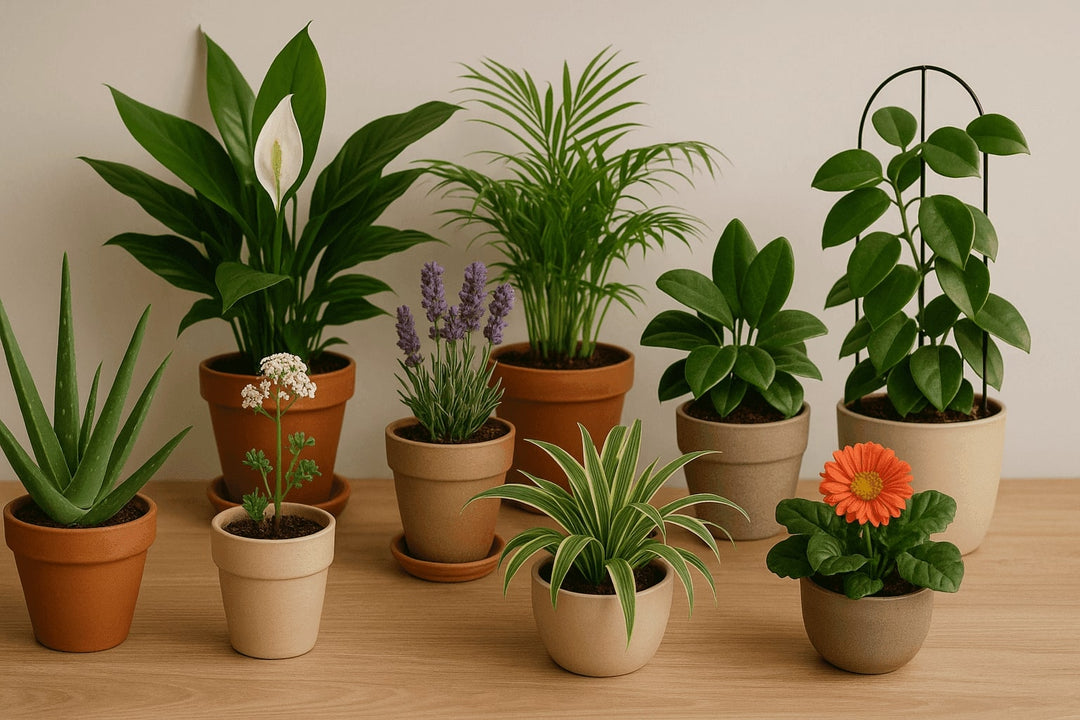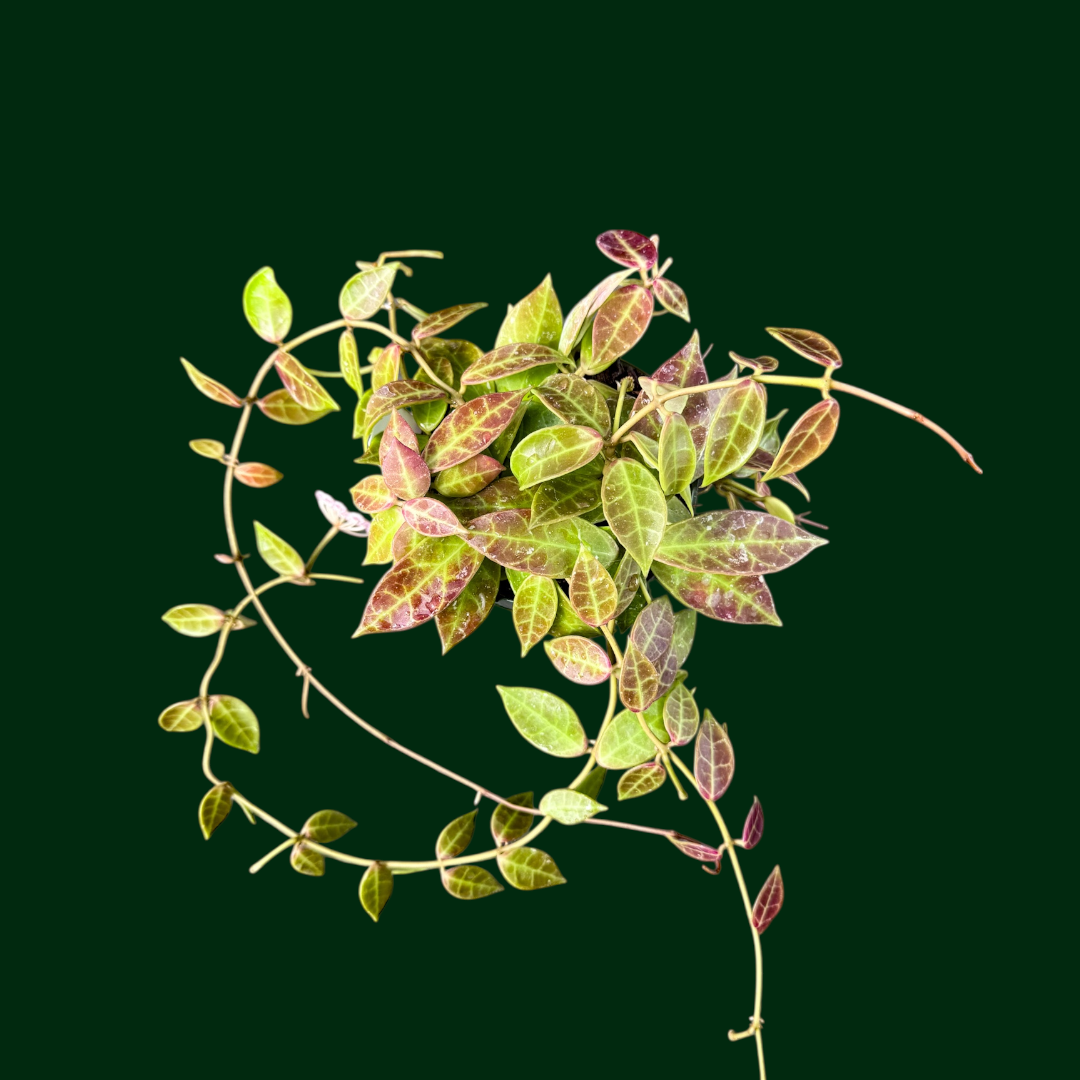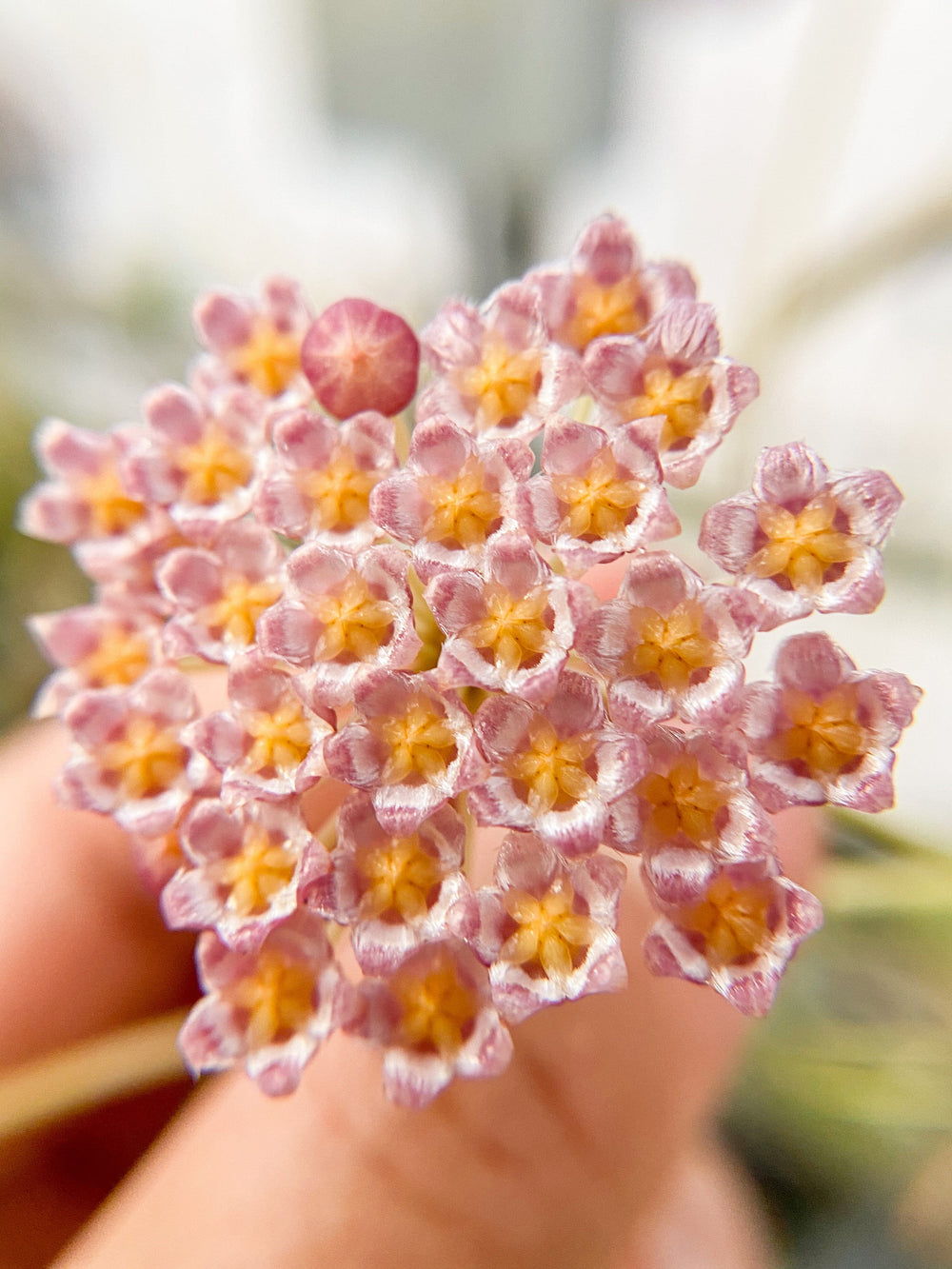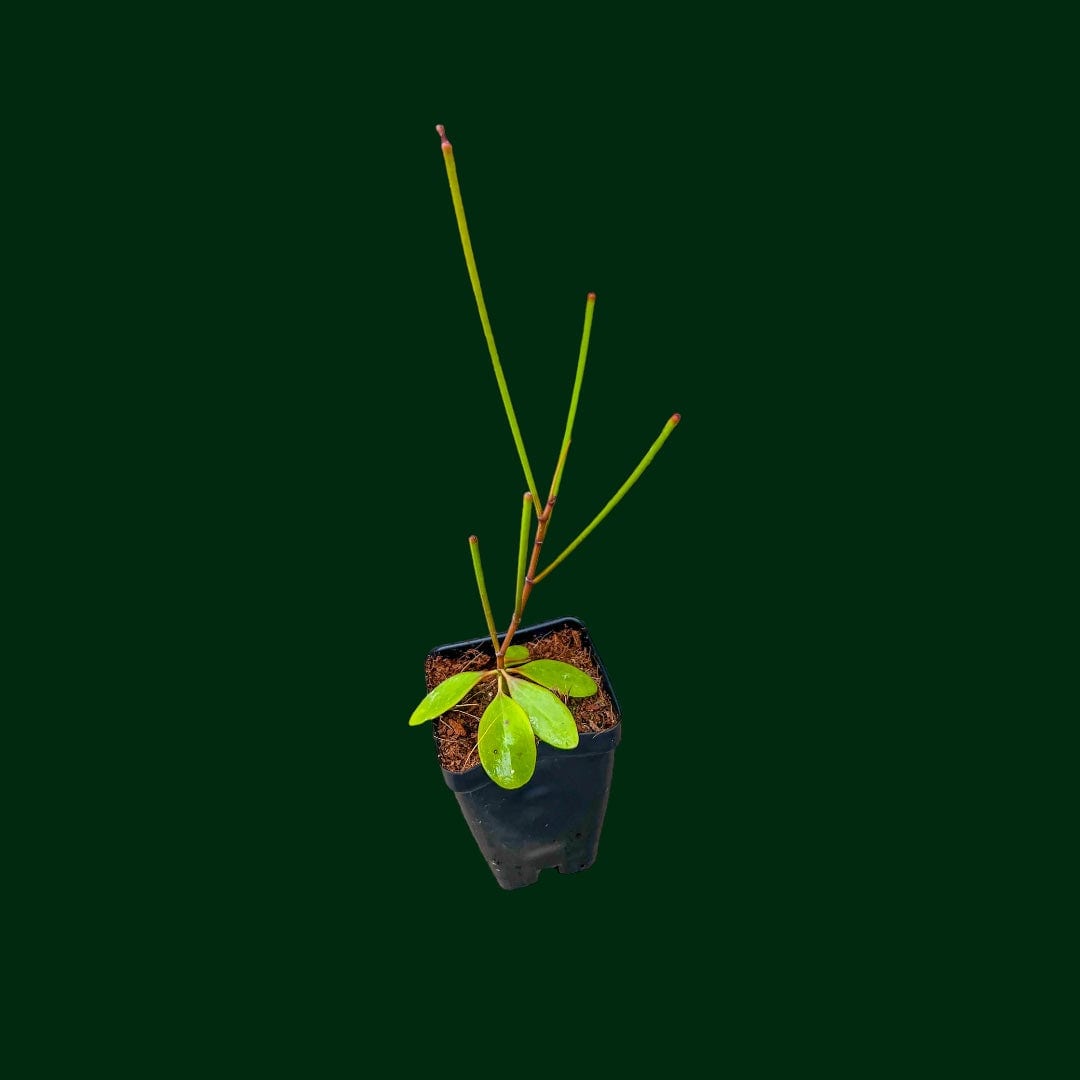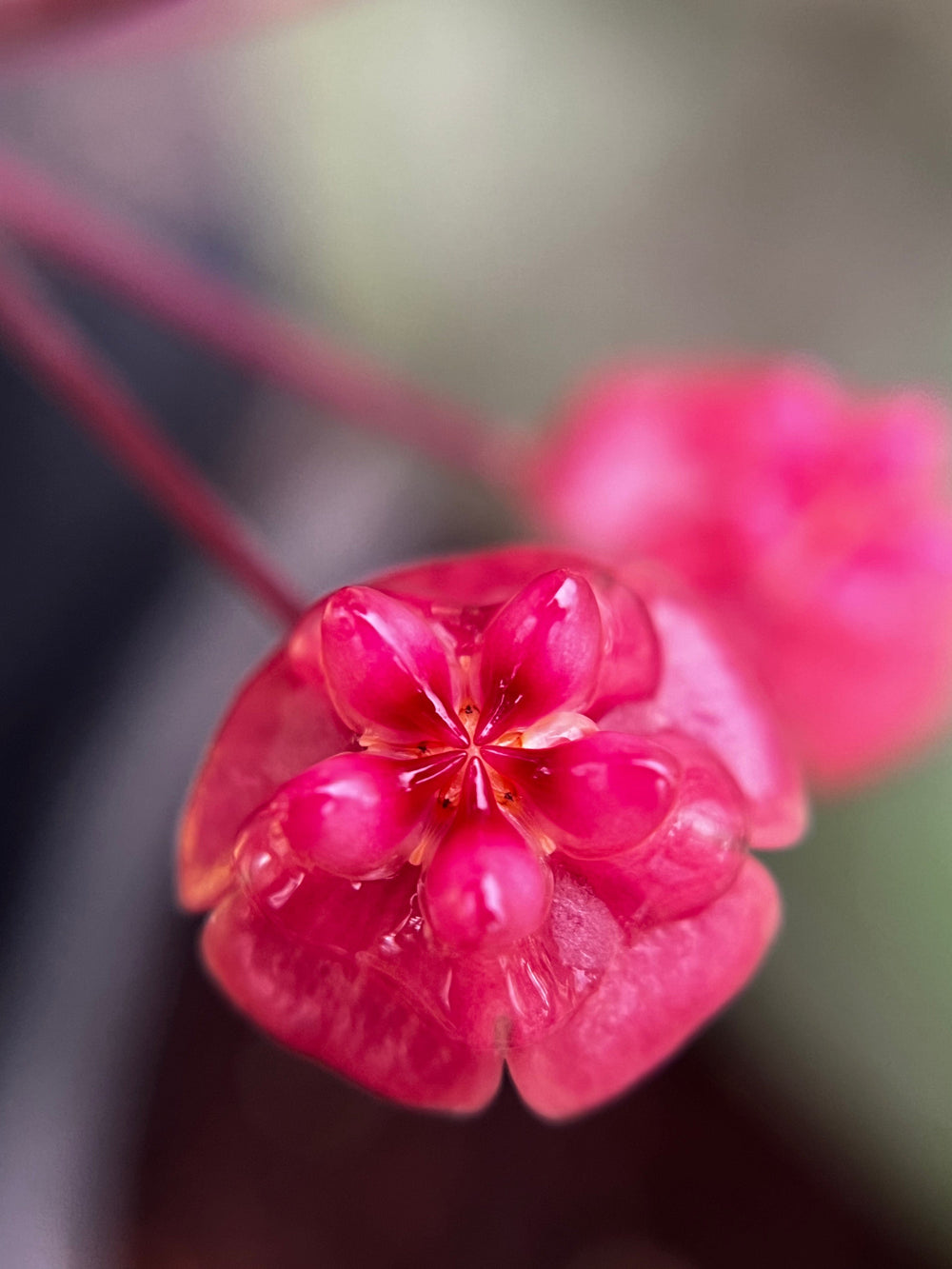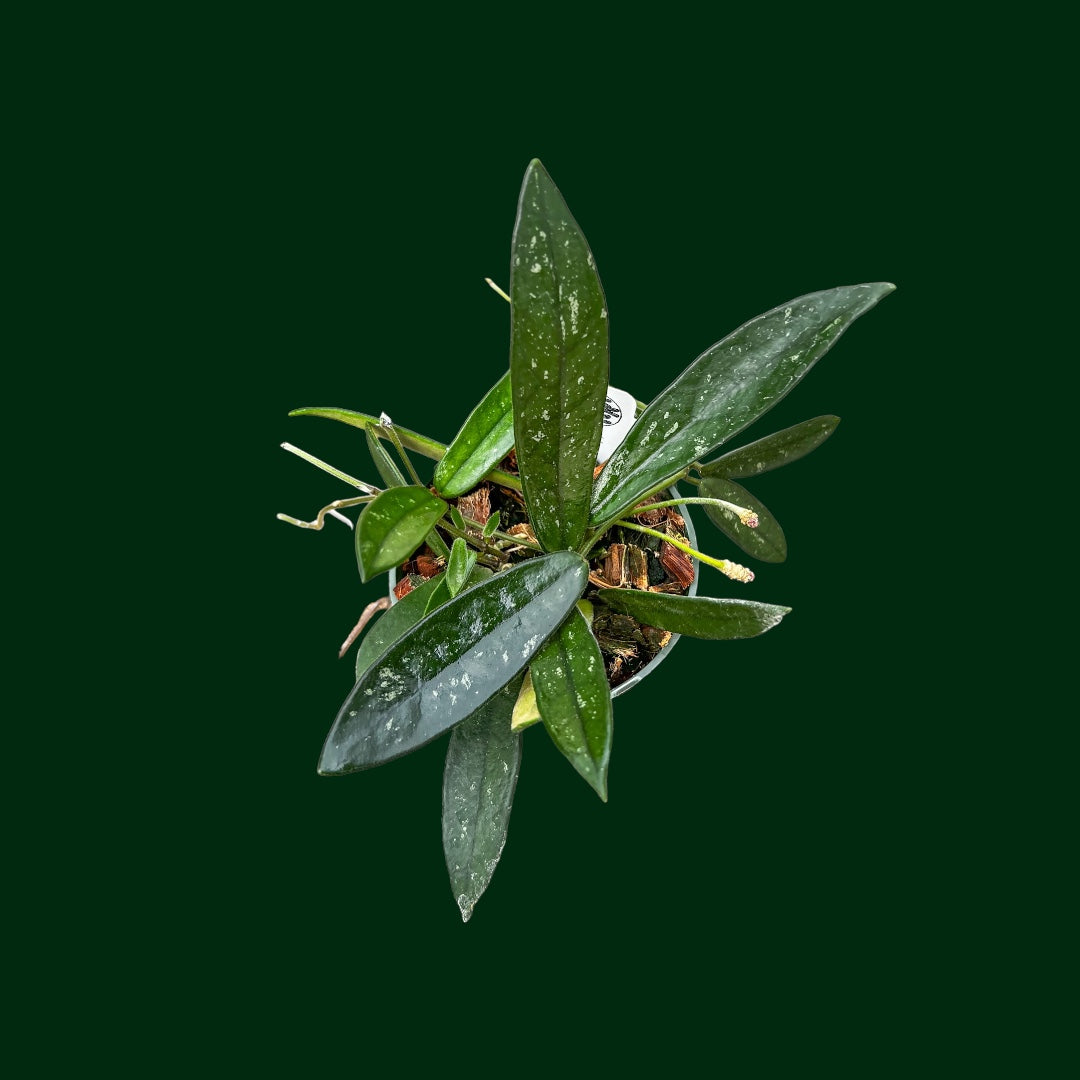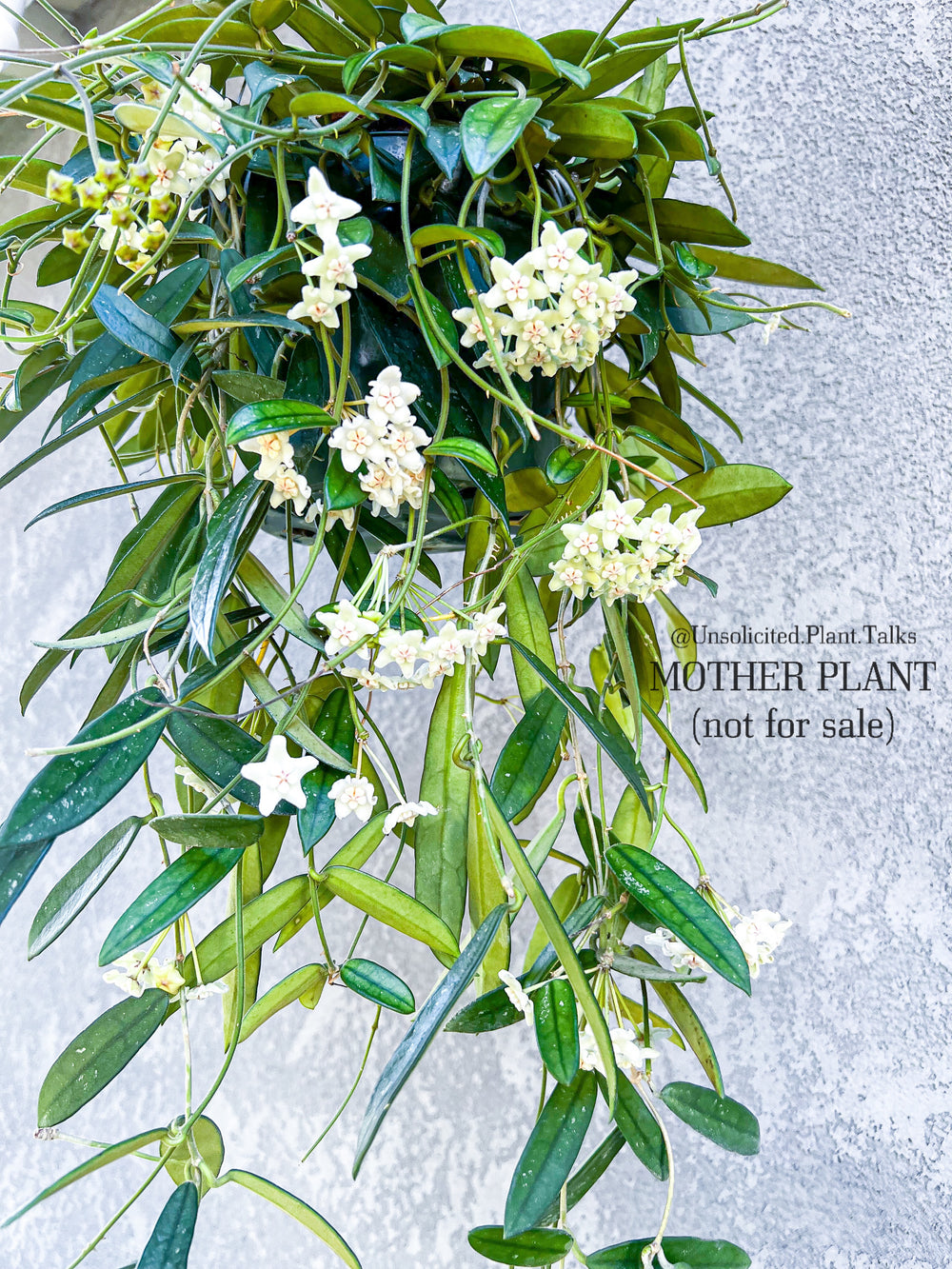How to Make Your Own Natural Pest Spray for Houseplants
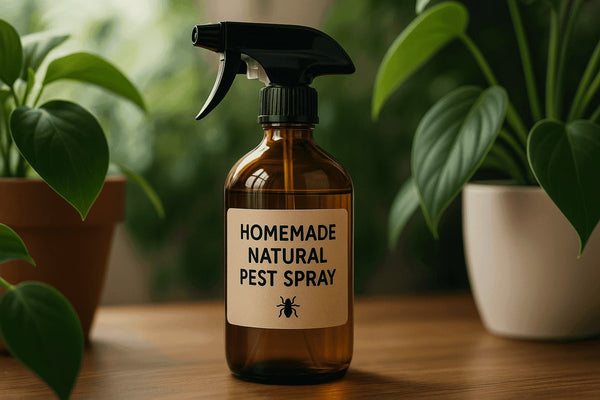
Table of Contents
- Why Use Homemade Insecticides?
- Common Household Ingredients That Repel Pests
- DIY Recipes: Step-by-Step Guides
- How to Apply Homemade Sprays Safely
- Preventive Tips to Keep Bugs Away
- FAQs
- Final Thoughts
Houseplants bring beauty and fresh air to your home, but pesky bugs can quickly turn your green oasis into a battlefield. Instead of reaching for harsh chemicals, why not try making your own homemade insecticide? Not only is it safer for your plants, but it's also eco-friendly and easy on your wallet.
In this guide, we’ll walk you through making your own natural homemade pest control for plants with ingredients you probably already have at home.
Why Use Homemade Insecticides?
So, why bother making your own insecticide instead of just picking up a bottle from the store? Well, there are a few good reasons! First off, homemade insecticides are non-toxic, so they’re safe for both your plants and your family (including your furry friends). No harmful chemicals here - just simple, natural ingredients that get the job done without the worry.
Another big win is that homemade options are eco-friendly. You’re not only protecting your plant collection but also doing your part for the planet. Many store-bought pesticides can contain ingredients that harm the environment, but with natural sprays, you’re keeping things green in every sense of the word.
And let’s not forget about the cost savings. Store-bought products can get expensive, especially if you’re trying to treat multiple plants. But with homemade versions, you probably already have the ingredients at home, or they’re super affordable to pick up. Plus, homemade plant spray for bugs can be tailored to fit the specific needs of your plants, whether they're vegetable plants, houseplants, or succulents.
So, while store-bought pesticides might seem convenient, homemade insecticides give you the peace of mind knowing that you’re using safe, natural solutions for your plants, without breaking the bank.
Common Household Ingredients That Repel Pests
Did you know that your kitchen and pantry are full of natural ingredients that can help keep pests away from your plants? You don’t need to buy fancy pesticides when you can use simple household items that do the trick. Let’s take a look at some of these pest-fighting heroes:
Soap (Mild Liquid Soap)
A mild liquid soap, like Castile soap, is an easy and effective way to tackle pests like aphids, mealybugs, and spider mites. When mixed with water, it suffocates the insects without harming your plants. Just be sure to use a gentle soap; harsh dish soaps can sometimes damage plant leaves.
Neem Oil
Neem oil is one of the most popular natural remedies for pests. It comes from the neem tree and acts as a repellent and disruptor for bugs like aphids, scale, and whiteflies. It works by interfering with their feeding and reproduction, giving your plants a pest-free boost. Plus, it’s safe for your plants and pets when used correctly.
Garlic
Garlic isn’t just for cooking! Its strong smell is a natural deterrent for pests like aphids, mites, and beetles. By blending garlic with water and straining it, you can create a DIY insecticide that’s perfect for warding off unwanted bugs without using chemicals.
Chili Peppers
If you’ve ever touched a chili pepper and felt the burn, you know that pests will stay away, too! Capsaicin, the compound in chili peppers, irritates bugs and keeps them from munching on your plants. You can make a simple chili pepper spray by blending hot peppers with water and straining the mixture before applying it to your plants.
Vinegar
While vinegar is often used in the kitchen, it’s also a powerful pest repellent. The acidity in vinegar helps to repel ants, fruit flies, and other common house pests. Mix equal parts water and vinegar to create a spray that can be applied to the leaves or around the base of your plants.
Essential Oils
Essential oils like peppermint, lavender, and eucalyptus not only smell great but are also natural pest repellents. These oils are effective at keeping pests like mosquitoes, aphids, and flies away. Just a few drops mixed with water will do the trick. You can even try adding a bit of dish soap to help the oil blend with the water and stick to the plant leaves.
These simple ingredients are powerful tools to keep your plants pest-free in a safe and eco-friendly way. With a little mix and spray, you’ll be ready to protect your indoor garden naturally!
DIY Recipes: Step-by-Step Guides
Now that you know the benefits of using natural ingredients, let’s explore some DIY pesticides you can make at home to keep your plants pest-free. These homemade insecticide recipes are simple, effective, and use ingredients you likely already have around the house.
1. Soap Spray
Ingredients:
- 1 tablespoon of mild liquid soap (like Castile soap)
- 1 liter of water
Instructions:
Mix the soap and water in a spray bottle. Shake well to ensure it’s fully combined. Spray the solution directly onto the leaves of your plants, focusing on the undersides where pests often hide. Make sure to cover all affected areas.
Pests Targeted:
This homemade plant spray for bugs works wonders on pests like aphids, mealybugs, spider mites, and whiteflies. The soap suffocates the insects and disrupts their feeding.
2. Neem Oil Spray
Ingredients:
- 2 teaspoons of neem oil
- 1 liter of warm water
- 1-2 drops of mild dish soap (to help mix the oil with the water)
Instructions:
Add the neem oil and dish soap to the water in a spray bottle, shake thoroughly, and spray on the affected areas of your plant. Neem oil works best when applied every 5-7 days for consistent pest control.
Pests Targeted:
Neem oil is a great homemade insecticide that targets pests like aphids, scale insects, whiteflies, and spider mites. It works by disrupting their feeding and reproduction, making it a great natural solution.
3. Garlic and Chili Pepper Spray
Ingredients:
- 2 garlic cloves, minced
- 1 tablespoon of chili powder
- 1 liter of water
Instructions:
Blend the garlic and chili powder with water, then strain the mixture to remove solid bits. Pour the liquid into a spray bottle and apply to the leaves and stems of your plants. You may need to reapply after rain or every 5-7 days.
Pests Targeted:
This homemade bug spray for vegetable plants is effective at keeping aphids, beetles, and other insects away. Garlic and chili peppers have natural pest-repelling properties that irritate and deter insects.
4. Rubbing Alcohol Spray
Ingredients:
- 1 part rubbing alcohol (70% or higher)
- 3 parts water
Instructions:
Mix the rubbing alcohol and water in a spray bottle. Spray the mixture directly onto the pests, but avoid over-saturating the plant leaves. This solution is best used on small infestations, as it dries quickly.
Pests Targeted:
Rubbing alcohol is one of the most effective homemade insecticide solutions for pests like aphids, spider mites, and mealybugs. It works by drying out the insects’ exoskeletons, ultimately killing them.
5. Diatomaceous Earth
Ingredients:
Diatomaceous earth (food grade)
Instructions:
Lightly dust diatomaceous earth around the base of your plants or on the surface of the soil. Avoid breathing in the dust and make sure it doesn't create a thick layer that can clog the soil. Reapply after watering or rainfall.
Pests Targeted:
Diatomaceous earth is a homemade pesticide for plants that works on crawling pests like ants, slugs, and earwigs. Its microscopic sharp edges puncture the pests’ exoskeletons, causing them to dry out and die.
How to Apply Homemade Sprays Safely
These natural solutions are gentle, but they still need to be applied thoughtfully - even in the case of low-maintenance plants. Here are some best practices to follow when using your homemade plant spray for bugs:
- Test First: Before applying any homemade pesticides for plants to your entire plant, always test it on a small, hidden area. Spray a small part of the plant’s leaves and wait 24 hours to see if there's any negative reaction, like leaf burn or discoloration. This will help you avoid damaging your plant.
- Spray Early or Late in the Day: Apply your diy pesticide early in the morning or late in the evening, when the sun is not at its peak. Direct sunlight can cause the spray to evaporate too quickly or even burn the plant leaves. Applying in the cooler hours ensures the spray has time to work and doesn’t harm your plant.
- Frequency of Application: For best results, apply your homemade insecticide every 5-7 days, especially if you're dealing with an ongoing pest issue. If you’re just doing a preventive treatment, once every two weeks may be enough. Remember, consistency is key in pest management.
- Cover All Areas: When applying your homemade bug repellent for plants, be sure to cover both the tops and bottoms of the leaves, as pests often hide on the undersides. Pay attention to any crevices or new growth areas where bugs like to settle.
- Avoid Overuse: More is not always better. Over-spraying can lead to plant stress, so use just enough to cover the affected areas. This will allow the plant to stay healthy and the insecticide to remain effective.
- Clean Up After Use: After spraying, wash your hands and clean any tools you used, like the spray bottle or gardening gloves, to avoid transferring the pesticide to other plants or surfaces.
These simple tips will help your homemade pesticide for plants work effectively, keeping your plants healthy and your home safe.
Preventive Tips to Keep Bugs Away
While homemade pest control for plants is a great solution for treating pests, prevention is always better than the cure. Do you want to keep your plants safe and reduce the risk of bugs? Then follow these tips:
- Regularly Check Your Plants: Inspect your plants regularly for signs of pests. Check the tops and bottoms of leaves, stems, and even the soil for bugs or eggs. Early detection is key to preventing infestations from spreading.
- Clean Your Plant Leaves: Dust and debris on your plant’s leaves can attract pests, so wiping them down with a damp cloth every couple of weeks can help keep bugs at bay. For larger plants, you can gently rinse the leaves with water to remove any dirt or potential pests.
- Improve Drainage and Airflow: Standing water and poor airflow create the perfect environment for pests and fungal infections. Make sure your pots have proper drainage holes to prevent water from sitting at the bottom, and keep your plants in a space with good air circulation. This will help keep both pests and mold at bay.
- Rotate Your Plants: Moving your plants occasionally can help prevent pests from settling in one area. Rotating them allows each plant to receive more even light and air exposure, and can discourage insects from getting too comfortable.
- Keep Your Space Clean: Bugs love hiding in clutter, so keeping your plant area clean and tidy can help reduce pest problems. Regularly clean up fallen leaves, dead plants, and other debris that may attract insects.
These simple preventive steps can help you stay ahead of any pest problems and keep your indoor plants thriving without the need for constant intervention.
FAQs
Q: Are homemade insecticides safe for pets?
A: Most homemade insecticides made from natural ingredients, like neem oil or soap, are safe for pets. However, it’s always best to keep your pets away from freshly sprayed plants until they dry to avoid any irritation. Always check the safety of individual ingredients before use.
Q: Can I use these homemade sprays on edible plants?
A: Yes! Many homemade pesticides for plants are safe to use on edible plants like herbs, vegetables, and fruit-bearing plants. Just be sure to wash your produce thoroughly before eating.
Q: How often should I apply my homemade insecticide?
A: For most homemade plant sprays for bugs, apply every 5-7 days, especially if you're dealing with an active pest problem. For preventive care, applying once every two weeks should be enough.
Q: How long do homemade insecticides last?
A: Homemade sprays don’t last as long as store-bought ones, so it’s best to mix up a fresh batch when needed. Most solutions will last for about a week if stored in a cool, dark place.
Q: Can I use homemade insecticides on all my houseplants?
A: Most easy-to-care plants like succulents, ferns, and herbs can tolerate homemade pesticides for plants, but always test a small part of the plant first to avoid any negative reactions.
Q: Do I need to use grow lights when applying insecticides indoors?
A: Not necessarily! You can apply homemade bug spray for vegetable plants or any indoor plants without grow lights, but ensure they get enough natural or supplemental light after application for optimal growth.
Final Thoughts
Making your own DIY pesticides is a simple and effective way to keep your plants healthy without relying on harsh chemicals. With a few natural ingredients, you can create homemade insecticides that are safe, eco-friendly, and cost-effective. Not only will your plants stay pest-free, but you’ll also be able to take pride in knowing you’re using sustainable, homemade solutions.
So, why not give it a try? Experiment with these easy recipes and see how they work for your plants. Have any questions or success stories to share? Feel free to drop a comment below - we’d love to hear how you’re keeping your indoor jungle safe and thriving!




